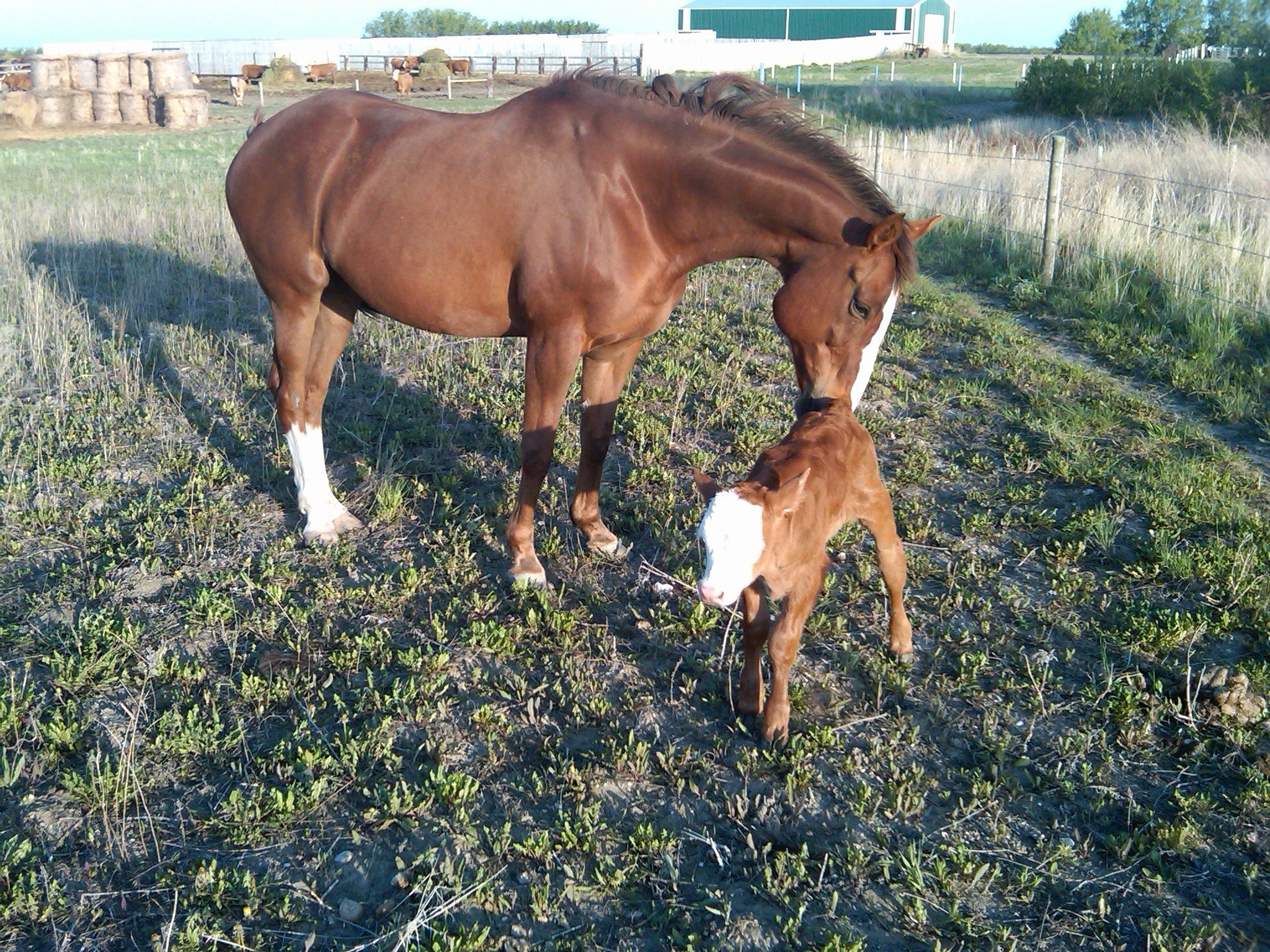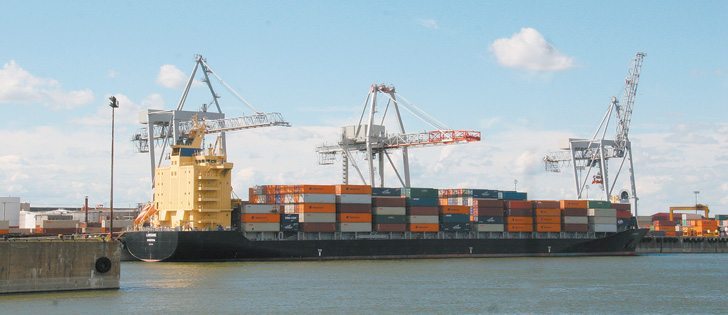The U.S. has generated record or near record crops in soybeans and corn for most of the past 10 years. Corn hovers in the 12 to 13 billion bushel area and soybeans in the low three billion bu. range.
But this year’s American drought has reached all but the Pacific Northwest and the Canadian border states, and yields are way off of average.
On my recent reporting visits to the lower 48th this season, it was obvious that the typical American crop wasn’t in the fields.
Read Also

High prices see cow-calf producers rushing to incorporate
Farm accountants are reporting a steady stream of cow-calf producers rushing to get their operations incorporated ahead of selling their calves this fall.
I am often envious of their verdant crops, the 500 to 1,000 millimetres of rain that falls east of a line running from Winnipeg to Houston and, of course, their seemingly interminable frost free days.
Average 160 bu. corn and 40 bu. soybeans, fantastic plant genetics and farm programs and crop insurance that keep risk to a minimum all make me as green as the endless corn and beans.
This year I was feeling a different shade of green.
Farmers in Iowa, Missouri, Indiana, Ohio and New Mexico all said the same thing: “It looked like a good year, so we invested heavily in the crop.”
I wouldn’t want their costs.
Cash costs for corn seed, fertilizer and herbicide of about $375 per acre pile on top of land rentals averaging $275. Put in the other variables and fixed costs and it adds up to about $900 per acre. Corn yielding 160 bu. at $6.50 puts a margin of $240 in their pockets. That’s not bad. Beans are a little less.
But what about droughty, 90 bu. corn at a farmgate price of $7.50? It adds up to a cash loss of $225.
The farmers I met were, in many cases, estimating overall farm losses of about $200 per acre, with cattle and hog producers being hit on both crop and higher feed costs.
My Canadian journalist’s envy went away this season. All except for their farm programs.
Because of those, farmers down south say it will be OK.
Maybe I’m green again.














